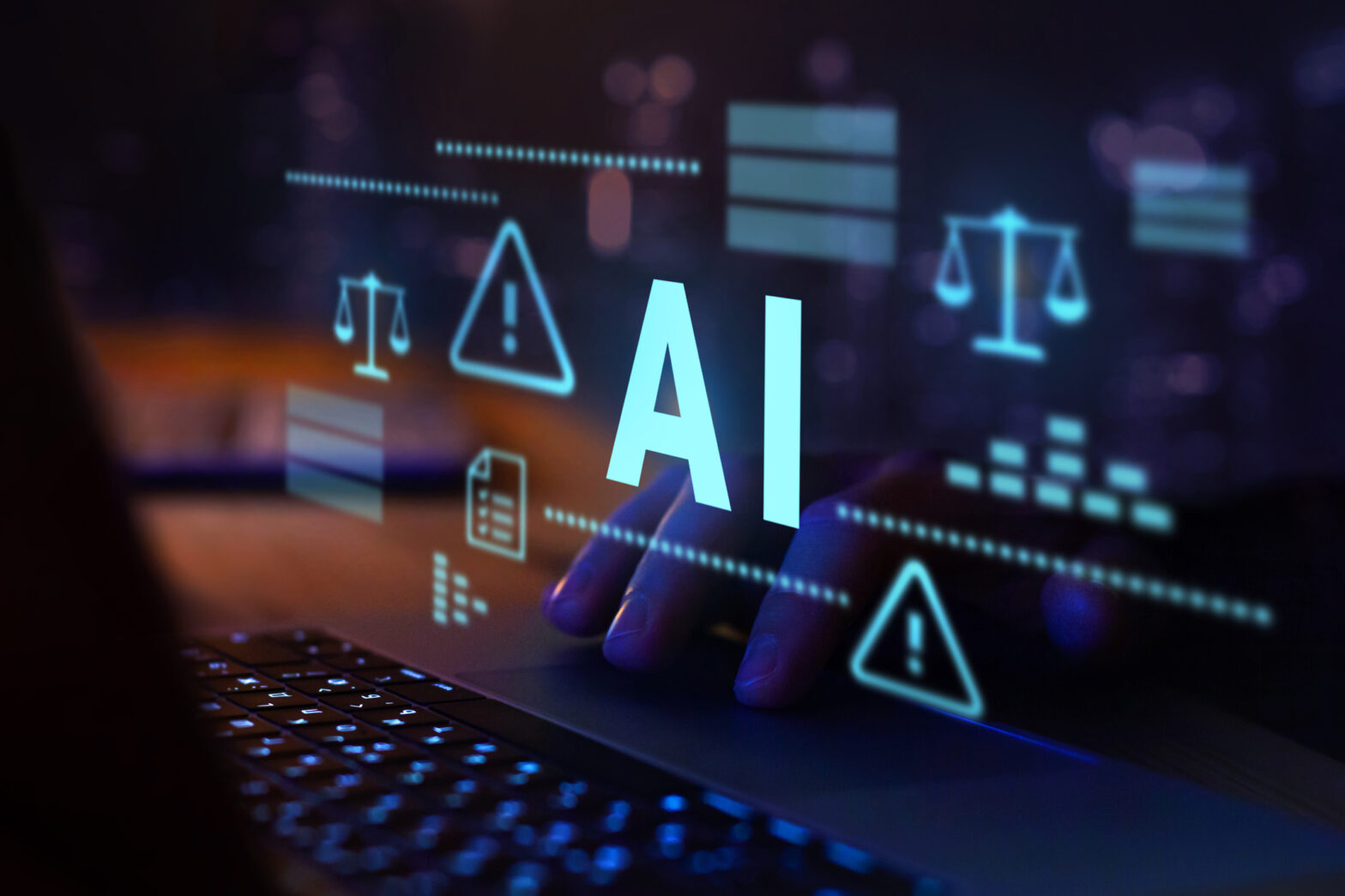Early December even saw the unveiling two AI systems which were able to teach themselves any language known to man.
Companies are already battling it out to have the best translation technology available online for customers, and last year Amazon joined in with the launch of its own Amazon Web Series (AWS). The e-retail giant’s Translate app provides translations for supported languages as a way for businesses to expand products and services using the tool. Google and Microsoft have been offering their own version of online translation services for many years now, not to mention independent offerings.
But do we need another translation app, and are we actually improving translation technology or just diversifying who we get it from?
Translation was one of the most in-demand services of 2017
The translation market is predicted to hit $1.5 billion by 2024, according to Global Market Insights. This should be good news for translators and translator app makers.
The Bureau of Labor Statistics projects a 17% employment growth for interpreters and translators by 2026 due to this need for businesses to go global. This is much faster than the average growth rate for all occupations, and the industry is on track to add another 11,400 positions during this time.
The AWS app from Amazon mirrors this push for global business growth. It has a focus on businesses looking to expand and go global, merging language translation with business tools and software. However, in order to successfully reach out to a new customer base in another country, businesses will need to be able to offer more specific, localised translations, which isn’t yet the forte of translation apps.
Technology is opening up new opportunities for translators
Some of the bigger job prospects available for translators are in Chinese, German, Russian, Portuguese, and Spanish, which are among the more important languages for businesses in the global market. While one might think that translation apps threaten the jobs of translators, they are in fact creating new opportunities.
Despite recent advancements in artificial intelligence, machine translation software still needs to be overseen by professional human translators. This can ensure that the correct dialect, grammar, and translations have been used when interpreting voice notes and texts.
Although algorithms are becoming more accurate, machines are still unable to beat human translations when set against each other head to head. Last year, Sejong Cyber University in Korea put three machine translation programs in competition with a group of human translators, with the machines failing to live up to expectations. While the machines were much faster, they made more mistakes in the finished documents, with 90% of the machine-translated texts being “grammatically awkward”.
Overcoming this issue requires more specialist knowledge when building a machine translator. Hiring technical translation experts can help make technology more accurate, giving a better finished product. Businesses can then use the technology to market their products to overseas customers, and reach a more global audience.
Industry specific translation apps, for doctors and lawyers, will be coming soon
Machines are still unable to form coherent, grammatically-correct sentences when translating a piece of text or information, making them much less reliable than a human translator. For industry-specific translations, such as law or medicine, businesses will need to provide highly accurate translations, which human interpreters will be far more able to do.
For these kinds of translations, interpreters will be trained in terminology in order to provide an accurate translation. While experts work on fine-tuning the algorithms behind machine translation in order to make them more accurate, human interpreters will be more reliable for businesses looking to grow globally.







